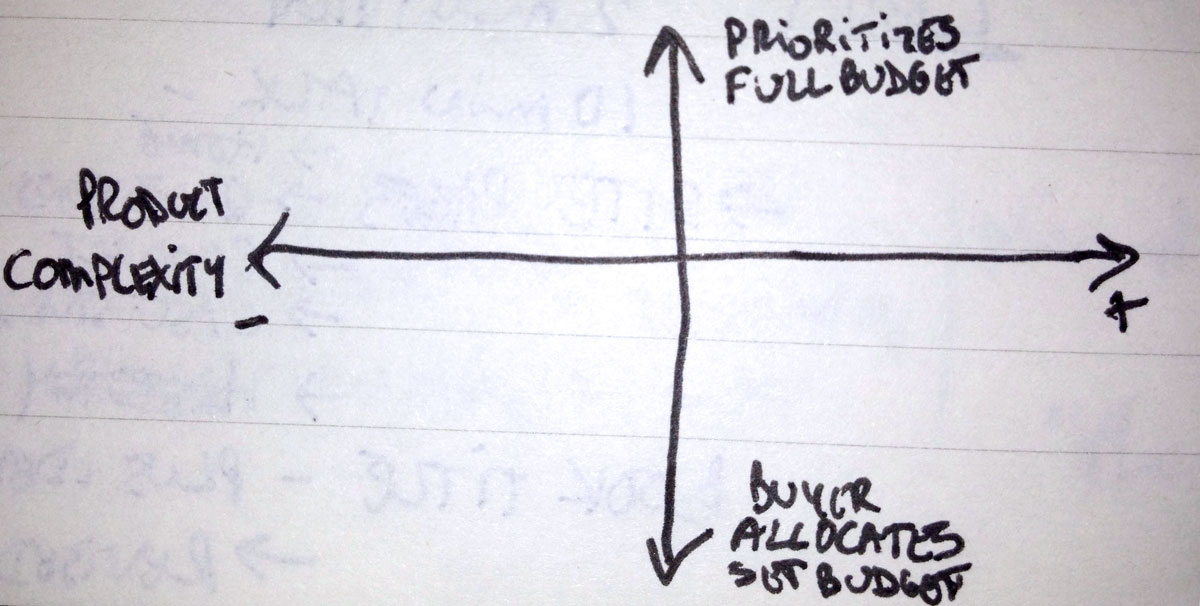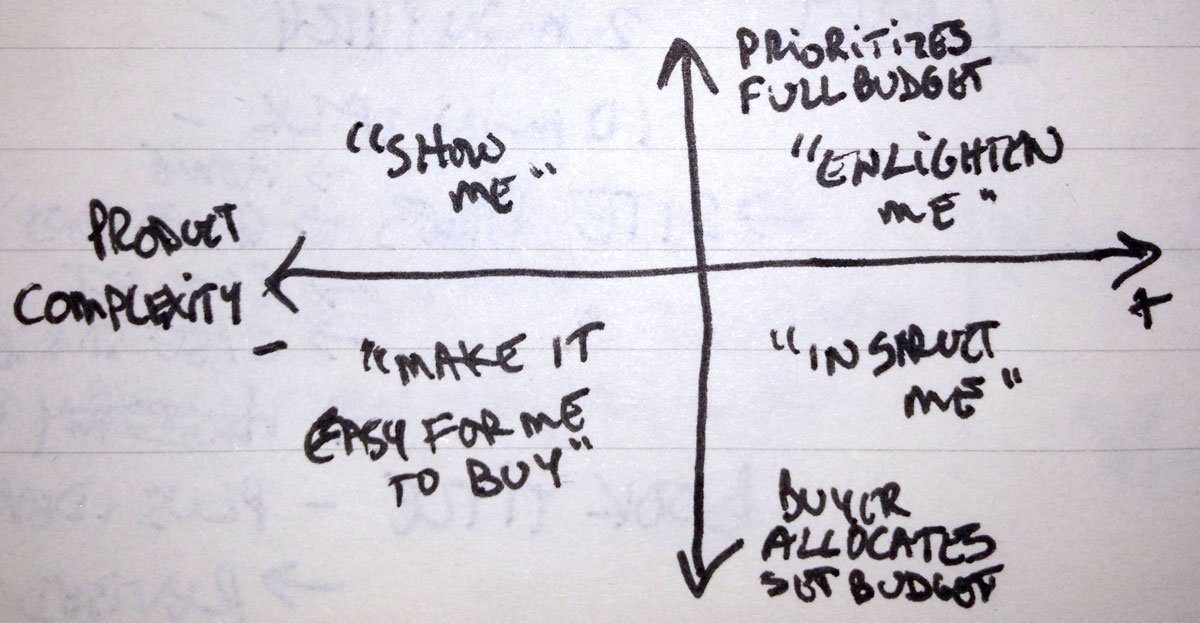Designing Sales and Marketing Practices That Fit
Designing Sales and Marketing Practices That Fit
I’m finishing up the edits to my fiction novel, The Legend of Mad Gringo. It’s based on my time in the apparel world. During that period of my life, we designed all sorts of garments including swimwear. Specifically board shorts, like the surfers wear.
I still have a few pair. I’m thinking of one in particular. Tomato red with tikis all over. Every single time I wear it I get compliments. “Great shorts! Where’d you get them?” “Whoa! I need a pair of those!” But here’s the thing. . .
They’re not comfortable. I love the attention and I love telling the story about where they came from, but I’m never comfortable in them. I can’t sit in them for more than a few minutes, they cling too much when I come out of the water, the length feels just a bit off. It’s a bad fit. It feels forced.
That’s what I see with the sales and marketing strategies and practices I get exposed to. There’s nothing wrong with the tactic or strategy when we look it from a distance, but once it gets pushed out in the marketplace, something goes wrong. Results aren’t what are expected and the human beings inside the company aren’t thriving. It’s like they supplied their buyers with great looking swimwear but once the buyer wears it out, they can’t get comfortable. They don’t buy or stop buying. And that’s when the companies call me.
I have a bevy of tools that I use to orient myself with the company I’m talking to. One of them I call the Buyer/Product Orientation tool. It’s a simple double-axis chart and if you’re evaluating growth strategies, this will help you think about your future.

On the horizontal axis we’re going to plot the company’s product/service complexity. It goes from a product or service that’s easy to explain on the left to a product or service that infinitely configurable on the right. Think of a Catalytic Converter for a 2002 Mercedes-Benz C320. It’s pretty specific so it goes on the left. On the other side think of an oncologist diagnosing and treating a patient. There’s a myriad of ways to put the product/service together. Complex, right?
On the vertical axis we’re plotting our target buyer. Specifically, I’m looking at how that buyer interacts with budget. The spectrum ranges from the bottom where the buyer is tasked with allocating a set budget amount to the top where the buyer has the ability to prioritize all of the budget. Think of a sales representative in the field with a $2,500 a month entertainment budget. She has full control over that budget and can allocate it toward her goals. The top management, on the other hand, can prioritize a much larger budget and may take that $30,000 allocated to the rep and use it somewhere else in the organization.
Make sense?
Now, let’s orient the products to the buyers in each of the quadrants.

Starting at the lower left, we have a product that is relatively simple and easy to explain aimed at a buyer that has a set budget they can allocate. That buyer is saying, “Hey, make it easy for me to buy.” The unspoken part of that statement is, “. . .because I know what I want and I only have so much to spend.” Compare that to the upper right. The buyer in that area is saying, “Hey, enlighten me on how to best use your service/product.” The unspoken statement there is, “. . .because if this helps me reach our goals, I can find the money.”
The upper left and lower right represent opportunities to show, teach and instruct on how the product works or solves the need.
I use this and other tools to understand the strategies and tactics that my companies are implementing. Is it a fit with the marketplace? What needs to happen to make it a fit? How can we design a business practice that everyone can live with?
Good stuff.


